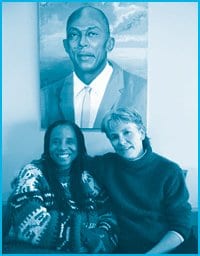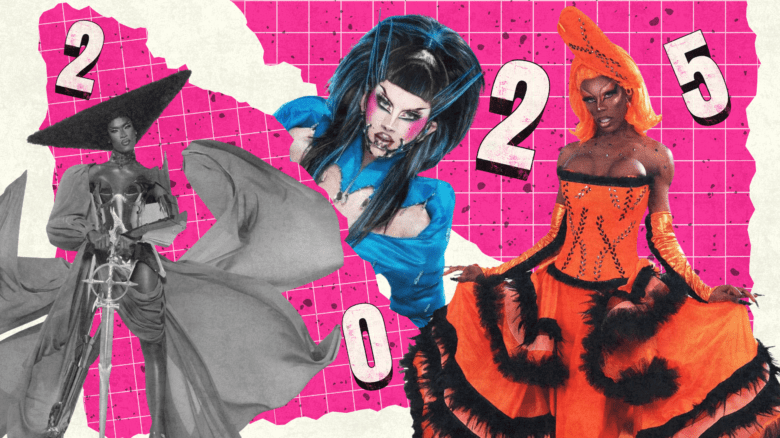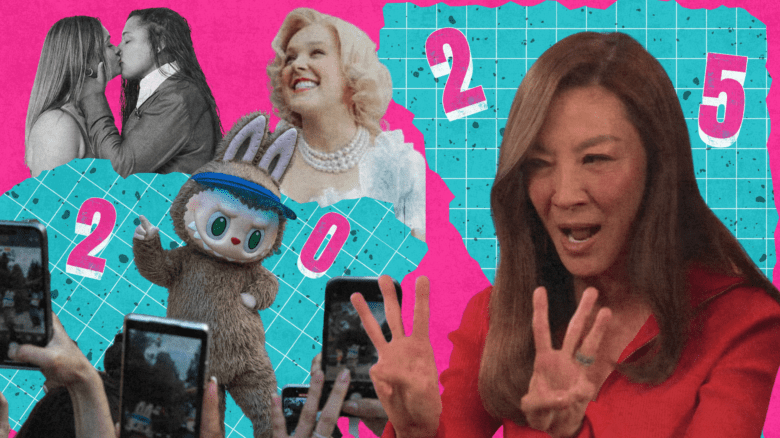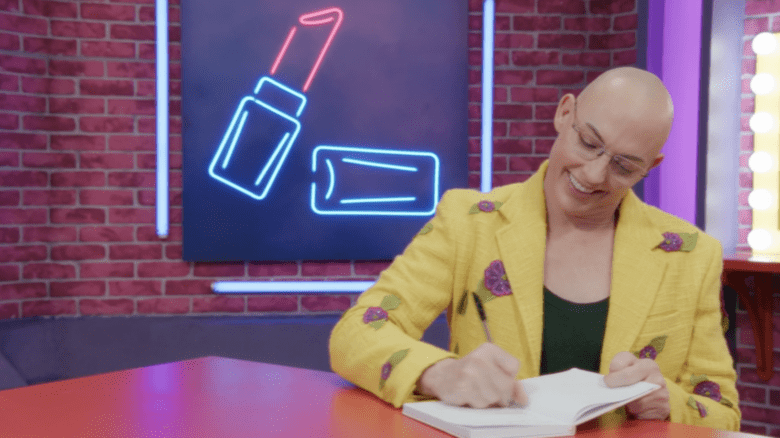Saltspring Island is not known for its racial diversity yet sitting in Barb’s Buns, an island coffee shop, black faces surround Evelyn C White, Joanne Bealy and myself. We have met to discuss their interracial relationship, White’s immigration to Canada, her recently published biography, Alice Walker: A Life, and ping-pong.
I am surprised by the paintings hanging all around us but White and Bealy are not.
“Before Evelyn moved [to Saltspring] I’d say to her, ‘There’s not a lot of black going on here. It’s pretty white,'” says Bealy, “And she would always say, right from the beginning, ‘As soon as I get there, more will come.'”
Gene Grooms’ family portraits speak to that. The exhibit is likely the island’s first show of paintings with a predominantly black theme. Our interview is being held at Barb’s Buns at White’s suggestion. She wanted me to see Grooms’ paintings.
“I am here to contribute,” says White. “If I want a bigger black visibility here and want more sense of the community past, present and future, then I’ve got to contribute”
This consciousness is one thing White and her subject, Alice Walker (poet, essayist, activist and the first black novelist awarded the Pulitzer Prize), share.
White’s detailed biography testifies to Walker’s fighting spirit and her indomitable willingness to face down racism and convention. Whether introducing her white boyfriend to her Jim Crow-controlled hometown or speaking out on female genital mutilation (in Possessing the Secret of Joy and Warrior Marks), Walker has consciously chosen the more difficult path through life.
Walker stirred controversy in the 1960s when she married Mel Levanthal, a white Jewish civil rights attorney. Together they lived and worked in Mississippi, which at the time outlawed interracial marriage.
“They went straight to the belly of the beast,” says White. “They went there by design. They could have been killed.”
Though their own 10-year-old relationship is unconventional (lesbian and interracial), White and Bealy say it has never drawn the same kind of ire.
“Nobody has ever said anything [negative about the relationship] except one friend who is black and who said, ‘Oh, now you’re going to be in what they call an interracial relationship.’ It was meant as an acknowledgment though, not to be derogatory,” says Bealy.
White says that when she met Bealy, more than 20 years ago, she immediately noticed something different about her that she attributes to Bealy’s Canadian roots not her race.
“She was very even and I was very aware of that. It was weird,” says White. When Bealy mentioned she was Canadian (both were living in Oakland at the time), White began to understand where the difference she had felt came from.
“I immediately thought, ‘Oh, she wasn’t raised in American racism and what it creates between black and white people.’ She had neither the ‘blacks are exotic’ thing nor the ‘you lowly little black person’ thing. She had a different vibe.”
White describes this difference as a “pause” or a “waiting” that marks white Canadians as unique from their counterparts south of the border. Bealy agrees but says Canadians should look closely at our history before believing the mythology.
“We like to think we’re not warmongers, that we’re not racist but that’s absolutely not true. Part of this pause comes out of our tendency to deny we have any of that because it exists multiple-fold in the country to the south of us.”
Bealy goes on to say that she does not relate to white culture all that much herself.
“She thinks she’s black,” says White who adds that she agrees with Alice Walker who says white people could be coloured if they just relaxed. “White people get caught up in [difference]. Black people just accept that everybody’s different and not what they appear to be on the face of it. We’ve just got more groove going on and are just less stressed about stuff.”
Both White and Walker migrated away from oppression toward relative freedom. Walker migrated from her birth state Georgia first to New York and later to California where she now lives. White moved from Gary, Indiana, where she was born, also to California before taking up residence with Bealy on Saltspring Island. Her immigration to Canada became official in 2002.
Both subject and biographer have also had lesbian relationships. Walker’s female partners are named and discussed in White’s book but this aspect of Walker’s life is not a focus for the biography. When asked about it, White answers, “Alice says, ‘I’m bisexual. I don’t think I have to phone in and tell everybody.’ That’s pure Alice Walker.”
The biography does, however, detail Walker’s political alignment with lesbians and the controversy her bisexual and lesbian characters have stirred.
White spent 10 years writing Alice Walker: A Life and says Bealy’s support helped her remain sane during those years. Of particular significance was a ping-pong table Bealy gave White for her 50th birthday last year.
“I think it was the black sister part of her that really understood the stress I was under,” says White explaining that playing ping-pong helped alleviate that stress.
“She fully understood the personal strain on me to be carrying this book into a decade and the pressure I had put on myself to not fail my African ancestors and to meet the very high standard of Alice Walker. When the stress got to be too much, Joanne and I just played ping-pong.”
EVELYN WHITE.
Alice Walker: A Life.
WW Norton & Company.
$29.95

 Why you can trust Xtra
Why you can trust Xtra


